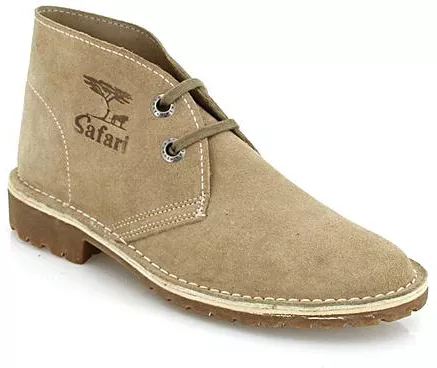Going on a safari in Africa is an unforgettable adventure, and wearing the right clothes can make a big difference in your experience. Safaris often involve varying climates, from cool mornings to hot afternoons, and exposure to wildlife and natural elements. Here’s a detailed guide to help you pack smart and stay comfortable throughout your journey.
1. Choose Neutral Colors

Neutral colors are essential for a safari because they help you blend into the environment, which can enhance your chances of seeing wildlife and avoid drawing attention to yourself. Choose earthy tones like:
- Khaki
- Olive green
- Brown
- Beige
Avoid bright colors like red, blue, or white, which can startle animals or attract insects like tsetse flies.
2. Wear Light, Breathable Fabrics

The African climate can be hot and humid, especially during the day, so opt for lightweight and moisture-wicking fabrics like cotton, linen, and quick-dry synthetics. These materials will keep you cool and comfortable.
3. Layering is Key
Mornings and evenings can be chilly, while midday can be quite hot. Pack light layers that you can easily add or remove as needed. Some key layering pieces include:
- Light jacket or fleece: Perfect for cool mornings or evening game drives.
- Long-sleeved shirts: These will protect you from sunburn and insect bites.
- T-shirts: Good for warmer parts of the day.
- Convertible pants/shorts: Great for adjusting to temperature changes throughout the day.
4. Comfortable, Durable Footwear

You’ll spend a lot of time walking, especially on walking safaris or around camp. Choose sturdy, comfortable shoes that can handle uneven terrain:
- Hiking boots or trail shoes: Ideal for protection and support on rough trails.
- Lightweight sneakers: For casual wear around camp or on shorter walks.
- Flip-flops or sandals: Useful for relaxing by the lodge or pool.
5. Sun Protection is Crucial

The African sun can be intense, even during cooler months. To avoid sunburn and stay safe:
- Wide-brimmed hat: Offers protection for your face, neck, and shoulders.
- Sunglasses: Polarized lenses are best for reducing glare during game drives.
- Sunscreen: Pack a high-SPF sunscreen that offers broad-spectrum protection.
6. Insect Protection

Mosquitoes and other insects can be a concern, especially in areas where malaria is present. Wear insect-repellent clothing or apply insect repellent on exposed skin.
- Long-sleeved shirts and pants: Keep mosquitoes and flies at bay.
- Insect repellent: Choose one with DEET or another effective ingredient.
7. Rain Gear (During the Wet Season)

If you’re traveling during the rainy season, be sure to bring lightweight waterproof gear:
- Rain jacket: A breathable, packable jacket will keep you dry without adding too much bulk.
- Poncho: Easy to throw over your clothes when a sudden downpour hits.
8. Accessories to Bring

- Scarf or buff: Protects your neck from the sun or dust during game drives.
- Binoculars: Essential for spotting distant wildlife.
- Camera with extra batteries/memory cards: You don’t want to miss capturing incredible wildlife moments.
- Daypack: A small bag to carry your essentials like water, sunscreen, and camera gear on game drives.
9. Cultural Considerations
If you plan on visiting local communities, modest clothing is recommended. Covering your shoulders and knees shows respect for the local culture and ensures you feel comfortable in public settings.
Final Tips
- Stay Comfortable: Prioritize comfort over style. You’ll be spending long hours in vehicles and walking, so make sure everything you wear allows for ease of movement.
- Pack Light: Many safari lodges and camps offer laundry services, so you don’t need to overpack. A capsule wardrobe with versatile pieces will serve you well.
- Climate-Specific: Be sure to check the weather for your specific safari destination and season to adjust your clothing choices accordingly.
By following these tips, you’ll be well-prepared to enjoy your safari adventure in Africa while staying comfortable, protected, and ready for all the action.
This guide covers the essentials of what to wear for a safari in Africa and will ensure you’re well-prepared for the adventure of a lifetime!

